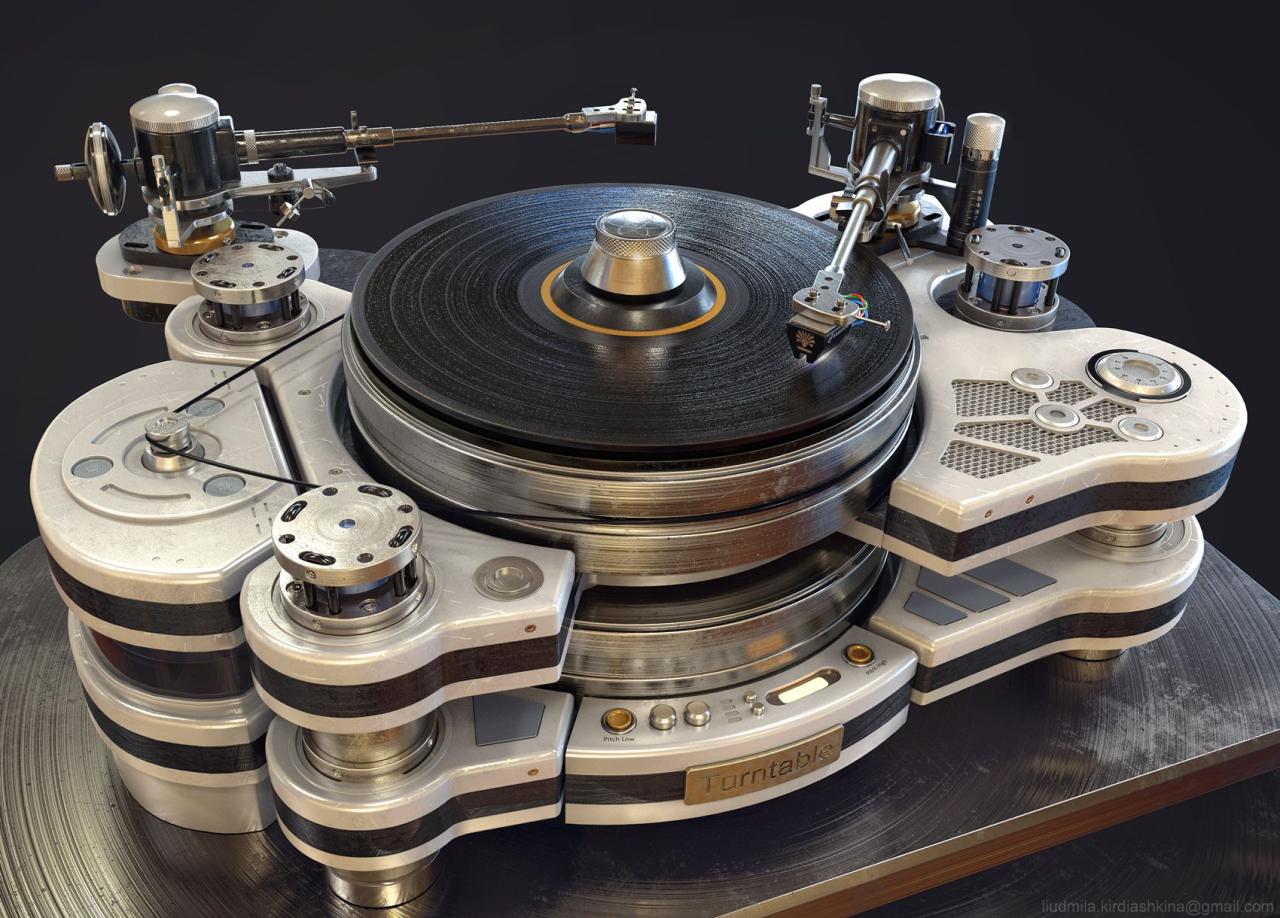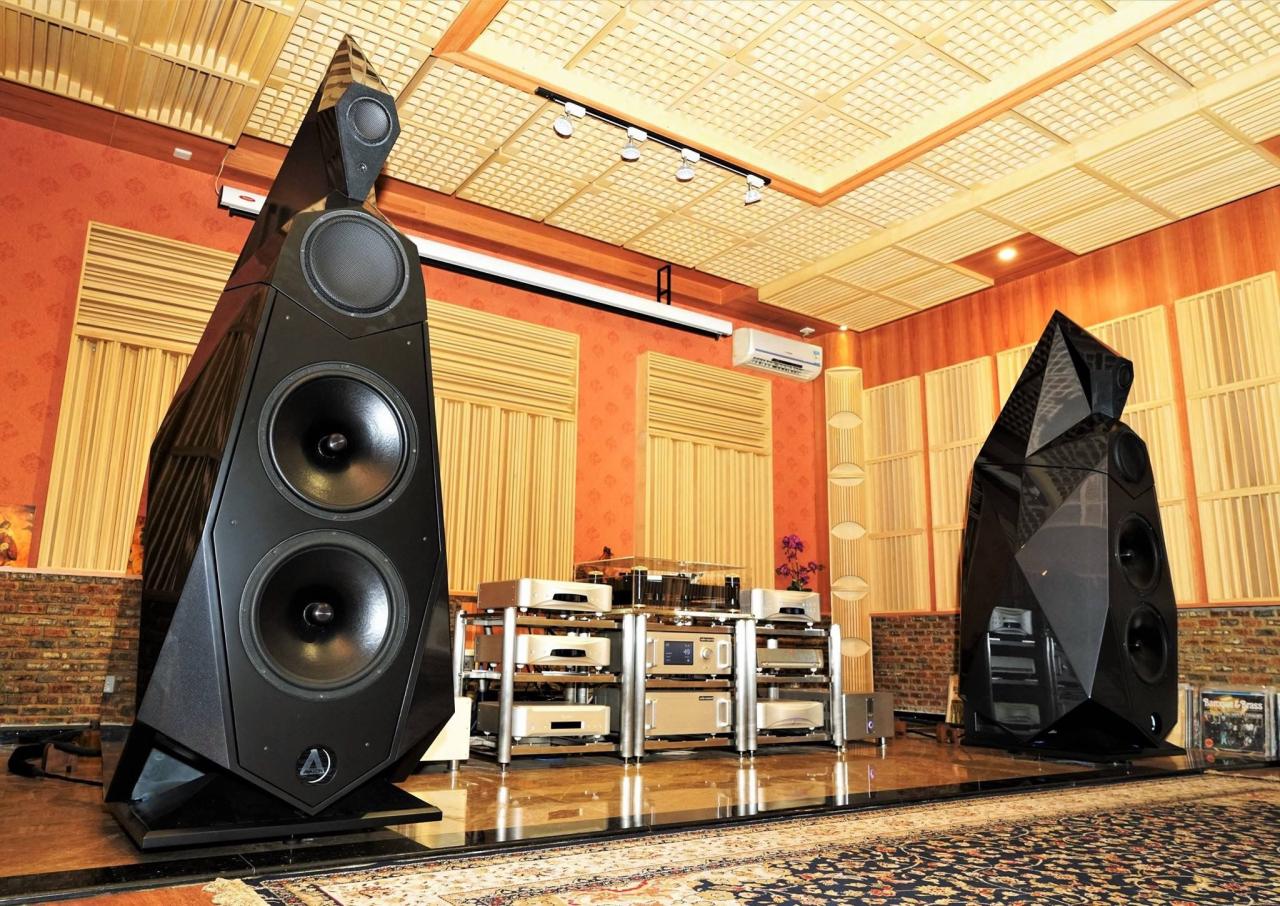Audiophile travel aetup – Audiophile travel setup: Imagine enjoying pristine audio quality wherever your adventures take you. This guide dives into creating a portable high-fidelity sound system, covering everything from choosing the right headphones and amplifier to managing power and protecting your precious equipment. We’ll explore different components, power solutions, noise isolation techniques, and music storage options, ensuring your listening experience remains top-notch even on the go.
Whether you’re a seasoned audiophile or just starting your journey, this comprehensive guide provides practical tips and advice to help you build the perfect portable audio setup for your travels. We’ll cover everything from selecting the ideal headphones and amplifier to managing power consumption and protecting your equipment from the rigors of travel. Get ready to experience the thrill of exceptional sound, no matter your destination.
Power Solutions for Travel: Audiophile Travel Aetup

Powering your audiophile setup on the go requires careful consideration. The wrong power solution can lead to noisy playback, insufficient power, or even damage to your equipment. Choosing the right portable power source is crucial for enjoying your music wherever your travels take you. This section will explore various options and strategies for managing power effectively.Choosing the right power solution depends on the power demands of your audio equipment and the length of your trip.
Higher-power devices will naturally require more robust power solutions. Factors like the size and weight of the power source also play a significant role, especially when travelling.
So, you’re planning a trip? Awesome! First things first: get yourself sorted with travel insurance. Check out Aon travel insurance for some solid options; they’ve got you covered. Then, if you’re an audiophile like me, don’t forget your tunes! Planning your audiophile travel setup is key for enjoying those amazing soundscapes on the go.
Make sure to pack your headphones and a good portable DAC – you deserve some quality listening while you’re exploring!
Portable Power Bank Capacities and Travel Durations
The capacity of your portable power bank, measured in milliampere-hours (mAh), directly impacts how long it can power your audio equipment. A larger capacity naturally translates to longer usage. For example, a 20,000mAh power bank might be sufficient for a weekend trip with a moderately power-hungry DAC and headphones, whereas a longer journey might necessitate a 50,000mAh or even higher capacity bank.
Consider the power consumption of each device in your setup – this information is typically found in the device’s specifications or manual. Estimate your daily power needs and choose a power bank with sufficient capacity to cover your entire trip, adding a buffer for unexpected circumstances. For instance, if your daily consumption is 10,000mAh, a 30,000mAh power bank for a three-day trip would provide a comfortable margin.
Minimizing Noise Interference from Power Sources
Noise interference can significantly degrade audio quality. Switching power supplies, commonly found in many portable power banks and inverters, can introduce noise into the audio signal. To mitigate this, prioritize power banks with high-quality, regulated power outputs. Look for specifications that mention low-noise or clean power. Linear power supplies are generally quieter than switching power supplies but tend to be larger and less efficient.
If using an inverter to power AC equipment, choose a pure sine wave inverter, which produces a cleaner AC waveform than modified sine wave inverters, resulting in less audio interference. Furthermore, ensure all connections are secure and use high-quality cables to minimize the risk of introducing noise. Grounding your equipment properly, where possible, can also help reduce noise.
So, you’re planning a trip? Awesome! First things first: get yourself sorted with travel insurance. Check out Aon travel insurance for some solid options; they’ve got you covered. And if you’re an audiophile like me, don’t forget your tunes! Setting up your audiophile travel setup beforehand is key for those blissful journeys.
Think portable DACs and noise-cancelling headphones – you’ll thank me later!
Power Consumption Management System for Extended Travel
Efficient power management is essential for extended trips. Before your journey, carefully assess the power consumption of each device in your audio setup. This includes your DAC, amplifier (if applicable), headphones, and any other accessories. Create a schedule for power usage to maximize battery life. Consider using lower-power devices or reducing the volume when battery life is a concern.
Prioritize charging your power banks strategically throughout the day, utilizing available charging opportunities. Carrying multiple power banks can provide redundancy and extend your listening time. A well-organized power management system allows you to enjoy your audiophile experience without worrying about running out of power.
Maintaining Audio Quality During Travel

Protecting your precious audiophile gear during travel is crucial to preserving its performance and longevity. A little care and preparation can go a long way in ensuring your listening experience remains top-notch, even on the go. This section will cover essential practices for maintaining your audiophile headphones and equipment while traveling.
Maintaining Optimal Headphone Performance
Proper care significantly extends the lifespan of your headphones and maintains their audio fidelity. Avoid subjecting them to extreme temperatures, direct sunlight, or excessive humidity. These conditions can damage internal components and degrade the quality of materials over time. Always store them in a protective case when not in use, and consider using a desiccant pack inside the case to absorb moisture, especially during humid travel.
For over-ear headphones, regularly clean the earcups with a soft, dry cloth. For in-ear headphones, use a soft brush to gently remove earwax buildup.
Cleaning and Maintaining Portable Audio Equipment
Regular cleaning is key to preventing the buildup of dust, dirt, and grime, which can negatively impact the performance of your portable audio devices. Before cleaning, always power down your devices. Use a soft, microfiber cloth to gently wipe down the exterior surfaces. For stubborn smudges, lightly dampen the cloth with distilled water. Avoid using harsh chemicals or abrasive cleaners, as these can damage the finish.
For digital audio players, periodically check the headphone jack for any debris using a compressed air canister. Never insert anything sharp into the jack.
Preventing Cable and Connector Damage, Audiophile travel aetup
Audio cables and connectors are particularly vulnerable to damage during travel. Avoid tightly coiling cables, as this can strain the wires and connectors over time. Instead, use cable wraps or ties to keep them organized and prevent tangling. When packing, carefully place cables in separate compartments within your travel case to prevent them from being crushed or bent. Inspect connectors regularly for any signs of damage, such as bent pins or loose connections.
Use protective caps or covers for connectors whenever possible to prevent dust and debris from accumulating.
Designing a Travel Case for Audiophile Equipment
A well-designed travel case is essential for protecting your fragile audiophile equipment. Consider a hard-shell case made from durable materials such as ABS plastic or polycarbonate. These materials offer excellent protection against impacts and shocks. The interior should be lined with soft, padded material, such as high-density foam or plush lining, to further cushion your equipment. Include custom-cut foam inserts to securely hold each piece of equipment in place, preventing them from shifting and rubbing against each other during transit.
The case should also have secure latches or zippers to prevent accidental opening. For added protection, consider a case with a water-resistant or waterproof exterior. For example, a Pelican case, known for its ruggedness and water resistance, is a popular choice among audiophiles for transporting valuable and delicate equipment. Adding a separate compartment for cables and accessories completes the design, maintaining order and preventing entanglement.
Building the ultimate audiophile travel setup is about striking a balance between sound quality, portability, and practicality. By carefully considering the factors discussed—from choosing the right headphones and amplifier to implementing effective noise isolation strategies and maintaining your equipment—you can enjoy your favorite music with exceptional clarity and fidelity, no matter where your travels may lead. So pack your bags, your headphones, and your carefully curated playlist, and get ready for an unforgettable sonic journey.
Detailed FAQs
What’s the best type of headphone for travel?
It depends on your priorities. In-ear monitors offer superior portability and isolation, while over-ear headphones often provide better sound quality and comfort for longer listening sessions. Consider noise-canceling options for noisy environments.
How do I protect my headphones during travel?
Use a hard case or protective pouch specifically designed for headphones. Avoid squeezing them or subjecting them to extreme temperatures.
What’s the best way to store my music for travel?
High-capacity portable SSDs or a combination of streaming services and a downloaded offline playlist offer flexibility. Consider the file formats supported by your DAP.
How much should I budget for a travel audiophile setup?
This varies greatly depending on your needs and preferences. You can create a basic setup for a few hundred dollars, or invest thousands for top-of-the-line components. Prioritize your essential needs first.